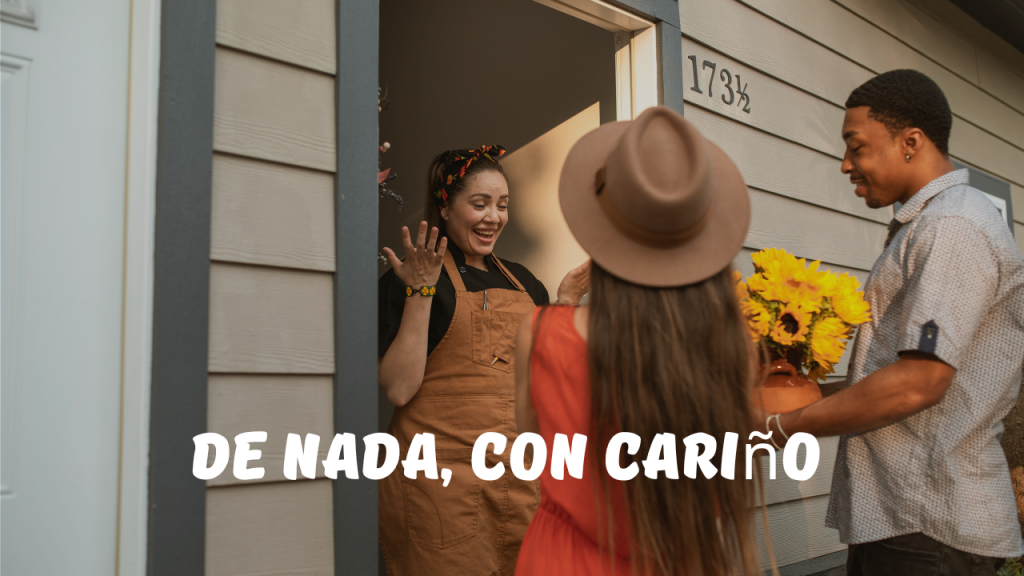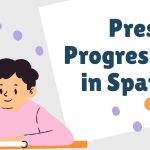Exploring Spanish language etiquette is fascinating, especially when you look at different ways to say ‘you’re welcome.’ Each version shows how formal the conversation is and the rich culture behind it.
For example, ‘de nada’ works everywhere, but ‘a la orden’ fits best in service situations, and ‘con gusto’ in more personal ones. These phrases show the subtle differences that can deepen our understanding and relationships across Spanish-speaking cultures.
It’s interesting to see how such simple words can mean so much.
Say “You’re Welcome” in Mexican Spanish
In Mexican Spanish, you can say ‘No hay de qué’ for a casual thank you.
For something more formal, use ‘Estoy a su servicio.’
These phrases show respect and fit different situations.
Knowing when to use them helps you communicate better and shows you understand the culture.
List of Ways to Say You’re Welcome in Spanish
Here’s how you can say ‘You’re welcome’ in Spanish, drawing from expressions commonly used in Mexico.
If you’re keeping it casual, you can go with ‘No es nada’ or ‘Está bien.’
When you need to be more formal, try ‘Con gusto’ or ‘Para eso estamos.’
And if you’re in the service industry, saying ‘A la orden’ shows you’re at someone’s service.
1. Con gusto
It means “With pleasure.” This phrase is common in Latin America. It adds warmth and sincerity, making it a great way to show that helping was not a burden.
2. No hay de qué
Literally, it means “There’s nothing to thank me for.” It’s a humble way to say you’re welcome, letting the other person know they owe you nothing.

3. Para eso estamos
This phrase means “That’s what we’re here for.” It shows friendliness and teamwork, often used among close friends or colleagues.
4. Es un placer
It translates to “It’s a pleasure.” It sounds polite and formal, perfect for professional settings or when you want to be extra courteous.
5. A la orden
Used mainly in Colombia and Venezuela, it means “At your service.” It expresses willingness to help again, often used in customer service or among friends.
6. De nada, con cariño
This means “You’re welcome, with affection.” Adding “con cariño” (with affection) makes it sound warm and heartfelt, great for close friends or family.
7. No fue nada
It means “It was nothing.” A casual way to downplay any effort, making the other person feel at ease about thanking you.
8. Cuando quieras
This translates to “Whenever you want.” It tells the other person that you’re happy to help anytime, making them feel comfortable asking again.
9. No hay problema
It means “No problem.” It’s simple, direct, and commonly used in everyday conversations when someone thanks you.
10. Qué va, no te preocupes
This phrase means “No way, don’t worry about it.” It dismisses the need for thanks and reassures the other person that they did not cause inconvenience.
11. Un placer ayudarte
This translates to “A pleasure to help you.” It’s formal yet warm, great for both professional and friendly interactions.
12. No tienes que agradecer
This means “You don’t have to thank me.” It’s a way to show humility and let the person know that their gratitude is unnecessary.

13. Siempre a tu disposición
It translates to “Always at your disposal.” This phrase is polite and professional, often used in business settings or formal situations.
14. Faltaba más
A very Spanish phrase meaning “Of course” or “Don’t even mention it.” It emphasizes that helping was expected and natural.
15. Con todo mi gusto
This means “With all my pleasure.” It adds emphasis, making it sound even more heartfelt and genuine than “con gusto.”
Spice Up Your Day with the Funniest Spanish Jokes!
Conclusion
The phrase ‘you’re welcome’ changes a lot in Spanish, depending on the situation. In casual talks, people often say ‘no es nada’ or ‘está bien.’
In more formal settings, you might hear ‘con gusto’ or ‘para eso estamos.’
In places like restaurants or hotels, workers often say ‘a la orden’ to be polite. Knowing these different ways to say ‘you’re welcome’ is really important.
It shows you understand and respect the way people use Spanish differently in various situations.
For more insightful reads, continue browsing Lingua Viva.
Dayron is co-owner, and the heart of Lingua Viva. He is a licensed Educator and Interpreter with 15+ years of experience, and holds a graduate degree in Foreign Language Instruction. A native Caleño who creates a comfortable environment for his students. Dayron is loved by all and inspires confidence in his students when learning and speaking Spanish. He is also an avid comedian that loves to dance salsa.











